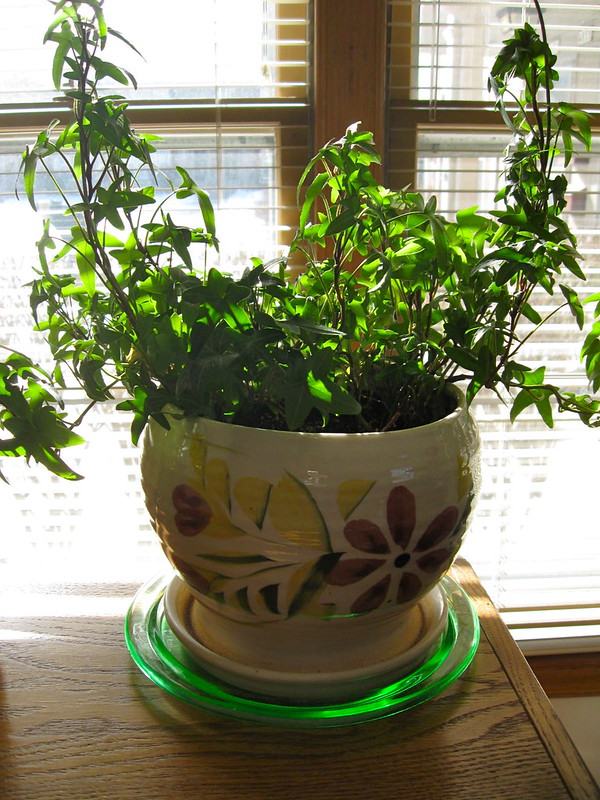
A sunny window feels good on a cold day for you and for your plants, too. Photo: Mary Kreuel / Creative Commons
Even though we’re blessed to live and work in a temperate, plant-loving climate at Good Earth Plant Company, we still experience the change of seasons. Winter may be subtle, but it’s coming at us quickly. Meteorological winter starts December 1, and the winter equinox is less than three weeks away. Our daytime temperatures have dropped 20 degrees recently, and in some places, the nighttime lows are legitimately cold. At least they are to us!
Your container plants living outside feel it too. Many need protection from the coldest winter weather. Even in a Mediterranean-style climate, it can drop below freezing at night.
Some plants can tolerate cold weather if their roots are protected in soil that retains heat. Most don’t do well in the small amount of soil in a container. Tropical plants thriving outdoors in the summer will do better inside and can get through a few months with the low light indoors.
It’s an excellent time to look outside on your porch, front walkways, patios, and other outdoor areas. Decide whether any of your plants need to come inside for the winter.
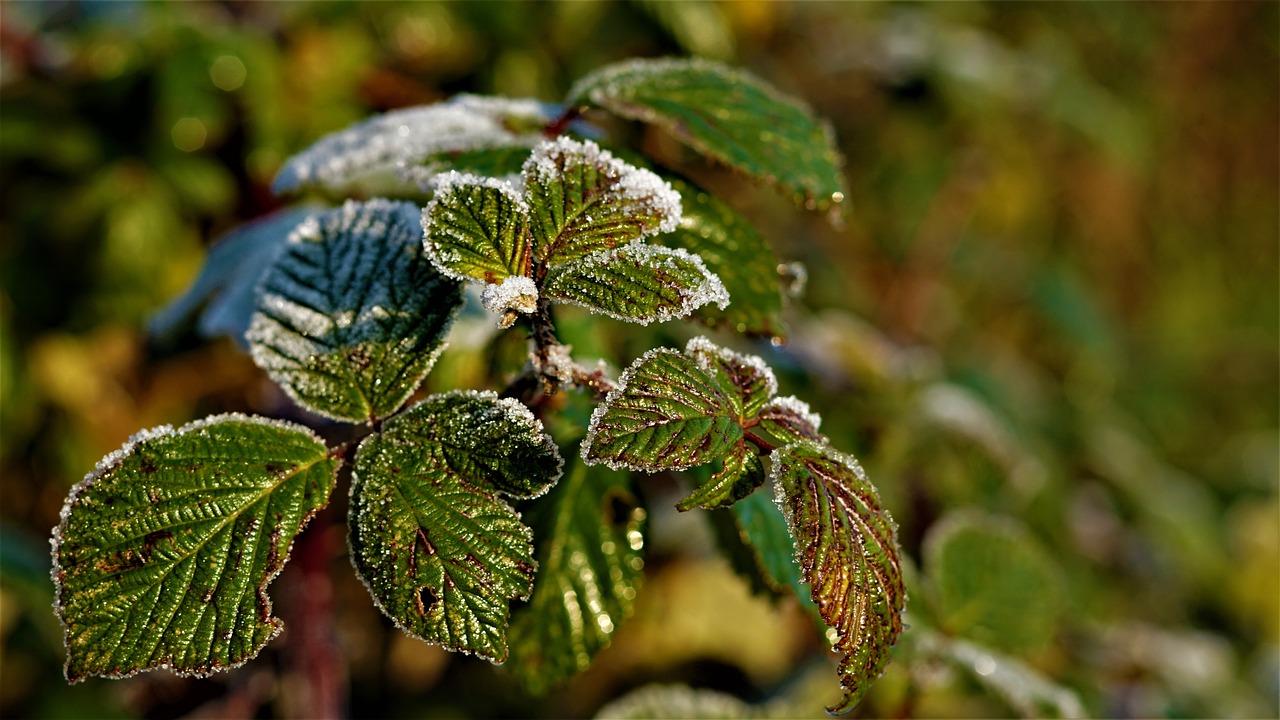
Even in warmer climates like San Diego, plants can suffer from frost at night. Photo: Mylene
Depending on the earliest possibility of an overnight freeze, it is best to bring all plants in at the same time and leave them inside until the very last chance of a freeze is over in the spring.
BUT – before you invite your plants in for a winter stay, read our advice, including our prep checklist.
Some Like It Hot
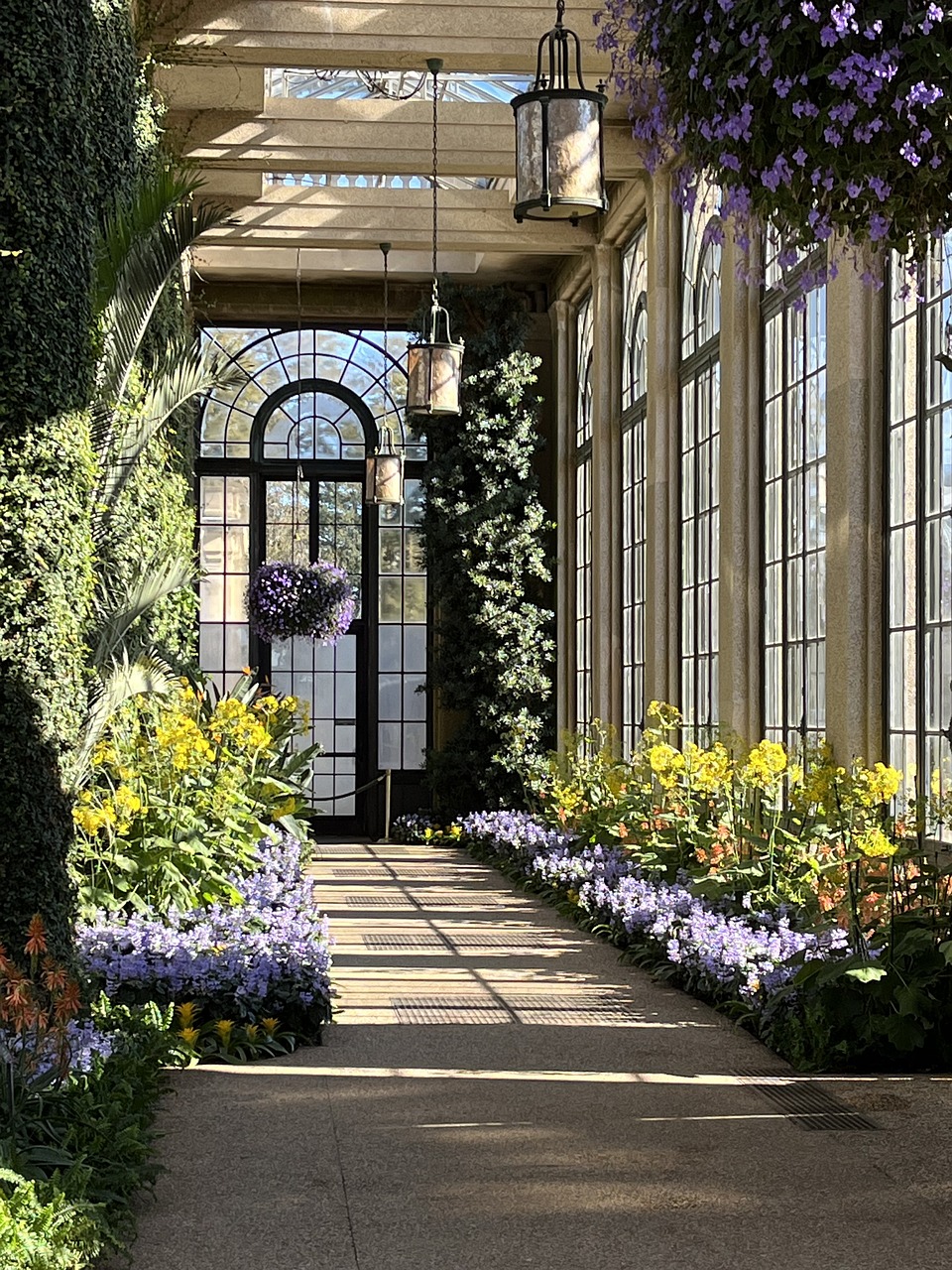
You may not have the luxury of a beautiful conservatory like this, but you can find indoor spaces with light and warmth for your indoor plants this winter. Photo: Rick Cross
What types of plants should generally be brought inside for the winter? Plants sold as “house plants” are almost always from tropical climates. You can easily imagine they would not thrive if their natural environment was a rainforest. Even if the days are mild, like in most of San Diego County, anywhere there is frost at night, you may want to bring plants indoors.
How do you bring plants inside so they don’t experience shock or other problems? Your safety comes first. Larger containers can be heavy. Don’t try to carry them, especially after you’ve just watered them. Use a wheeled platform, a large dolly, or get some help.
Your container plants grow in the spring and summer and go dormant in the winter. They will be most comfortable if you add some humidity to the dry, heated air inside your home. Position them closer to sources of water. Move them into a spot in the kitchen or bathroom or even near an indoor water feature like a desktop fountain. If you run a bedroom humidifier, let your plants enjoy it too.
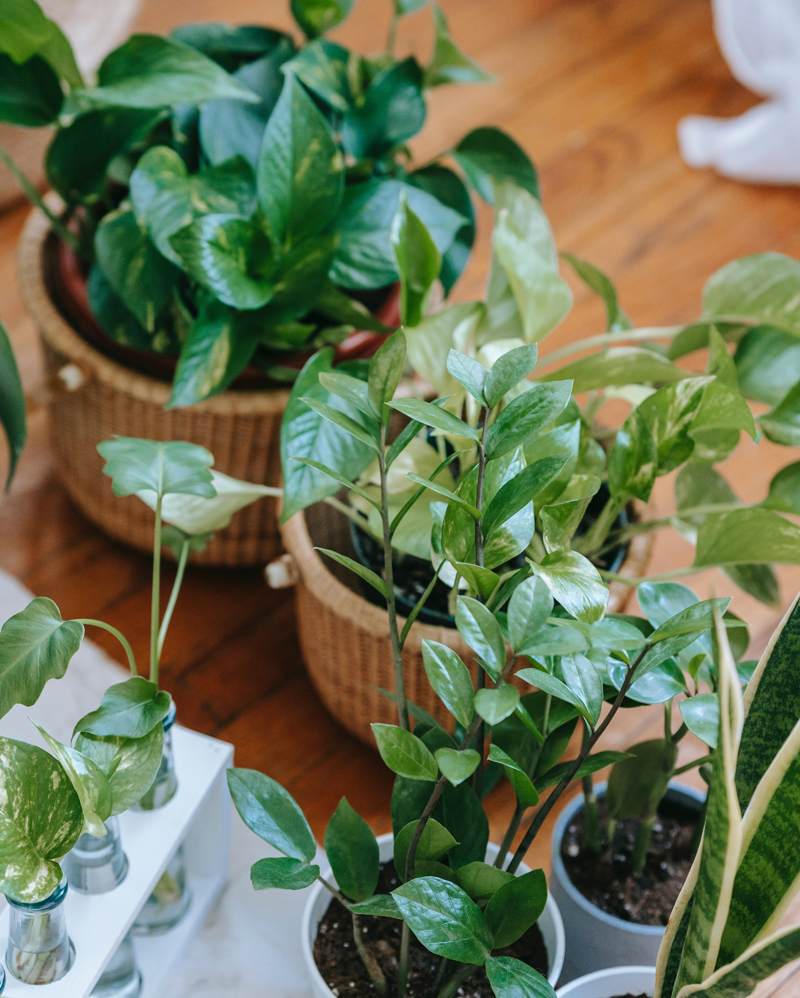
Grouping plants together creates a small microclimate with more humidity will benefit all the plants. Photo: Teona Swift
Consider grouping your plants in a good spot together during winter months. Plants naturally release water through their leaves through evapotranspiration, and grouping them together will put that moisture to maximum use.
Think about the different amounts of light inside. Some areas can be too dark, especially in the winter. Place your container plants close to windows with natural light. But be careful not to put a shade-loving plant in a hot, sunny window where it can be scorched.
Go On Pest Control Patrol
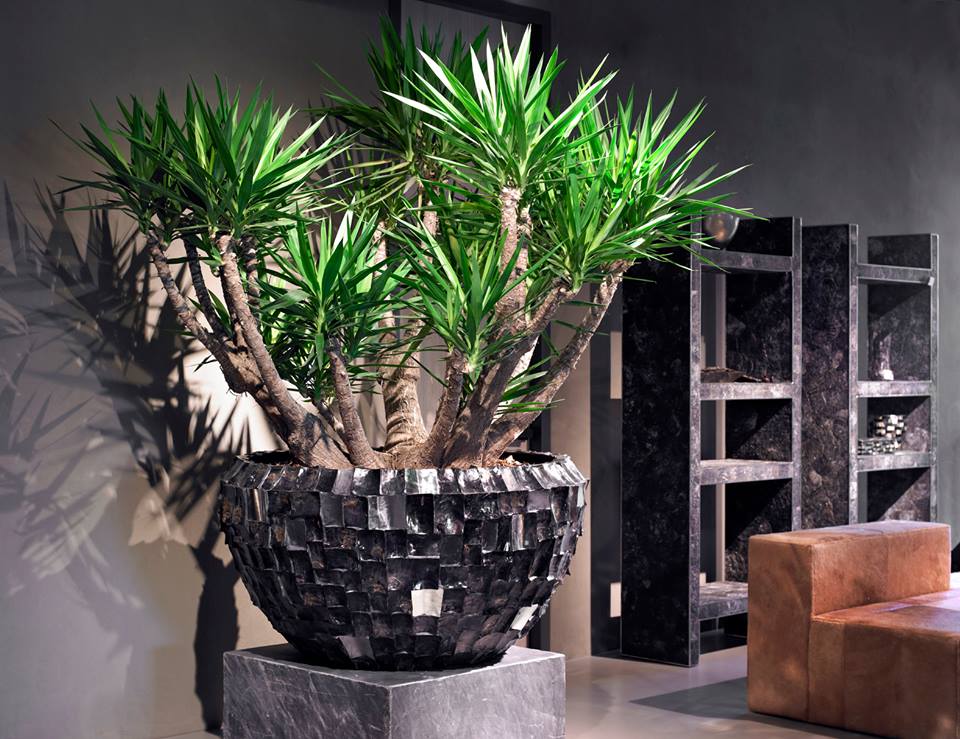
Use the opportunity to look over your plants for pests or problems when prepping plants for winter. Photo: Pixabay
Before you move plants inside, do a thorough checkup for pests. Plant pests are survivors, and they’re smart. They love to hide under leaves and in crevices. You can move your plants first to a quarantine area such as a garage, laundry or mudroom, shed, or at least somewhere they can stay isolated for a few days.
Examine all the leaves and look for pests or pest damage. At the first sign, move the plant away from others, so pests don’t spread. Remove the infested leaves or branches if you can. Wipe down the rest with a damp cloth on top and bottom of leaves using a diluted mix of rubbing alcohol and Ivory dish soap.
Here are a few signs of pests to look for and treatment tips:
Spider mites: These are almost too small to see without a magnifying glass. Webbing is an indication of a thriving community. Wipe off with soapy water. Particularly on the undersides of the leaves
Mealy bugs: White, cottony-looking clumps. A dilution of rubbing alcohol will usually do the trick.
Aphids: Small clusters of teeny bugs. They can be almost any color. Wash off with a strong spray of water.
Fungus gnats: The worst! Stir the soil up a bit and see if any fly out. Place a small amount of red wine nearby and watch them get drunk and drown. Also, let the soil surface dry out.
Scale: Look for small bumps on stems and/or a sticky substance on the leaves. There might even be sticky spots on the floor beneath the plants. Horticultural oil is best. Follow the directions!
A Long Winter’s Nap
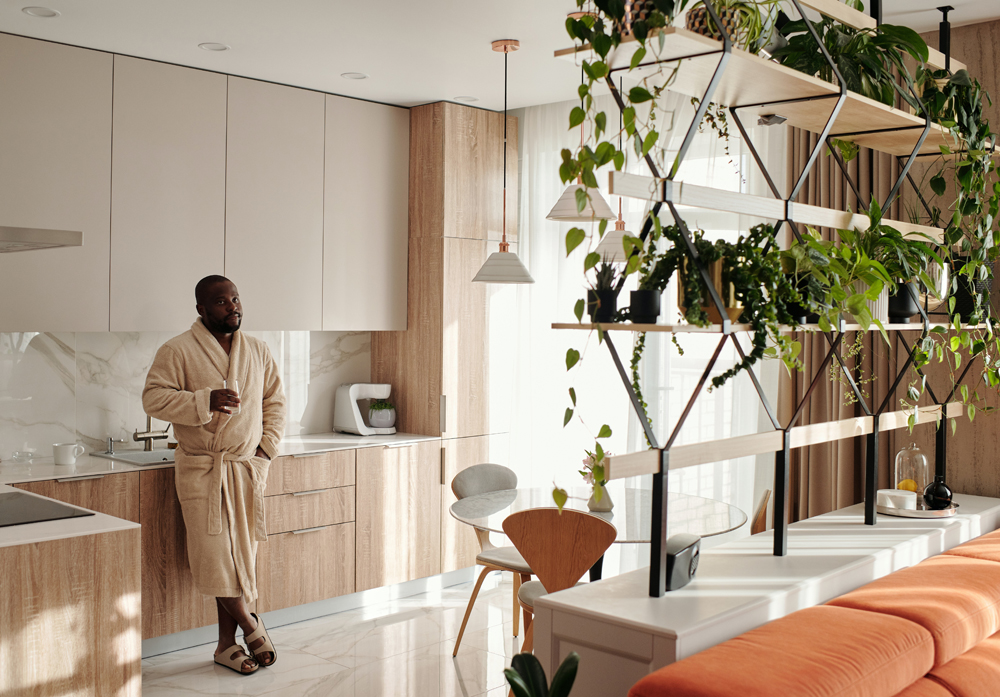
It’s possible to pamper your plants too much by overdoing it with water and fertilizer. Photo: Plava Laguna
Once your plants have been moved inside, let them rest and follow the rhythms of nature. Stop giving them any fertilizer and withhold any plant food until spring. For the same reasons, wait until spring to re-pot a favorite plant. You don’t want to force growth until warmer weather and more sunny hours in the day return next spring.
Don’t overwater. No, we aren’t contradicting what we just told you about increasing humidity. You don’t need to water your plants as often in the winter. Plant growth naturally slows down in the fall and winter when there are fewer natural resources like sunlight, so they want less water. You can often cut your watering schedule in half for tropical plants. Low-water use plants like succulents need even less water. Just don’t forget to start watering regularly again in the spring.
Lighten Up!
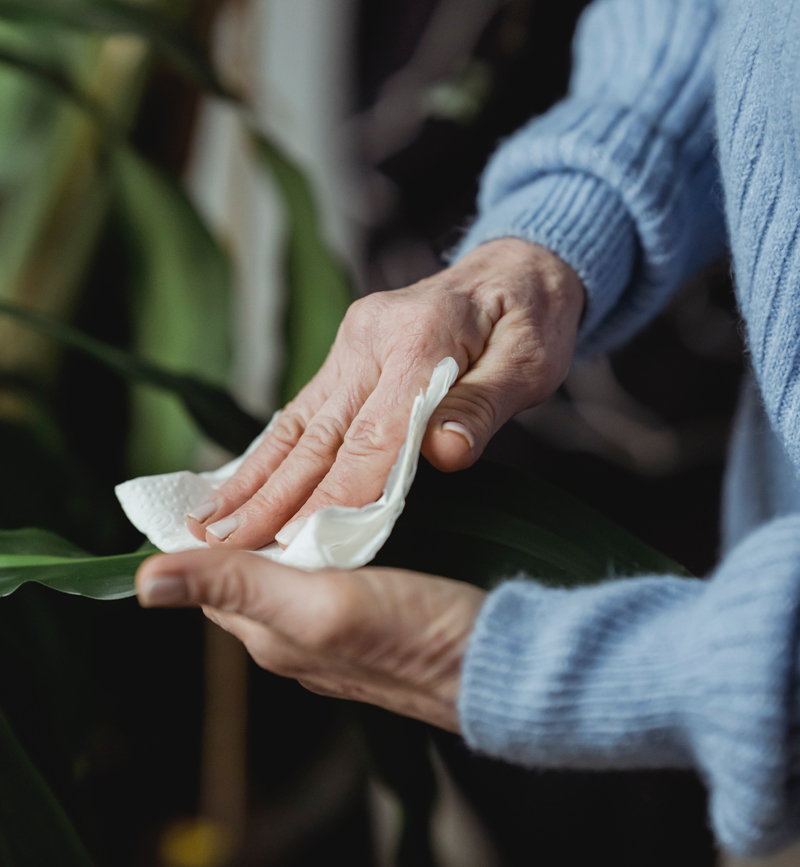
To keep plant leaves free of dust, you can GENTLY wipe the leaves with a cloth to keep them clean. Photo: Teona Swift
Sunlight comes in at a lower angle in the Northern Hemisphere during fall and winter, and our days are shorter. Your plants get less light than in spring and summer, and they’ve evolved to adjust to this outdoors. Indoors, light levels are much lower overall, especially in winter. If you have plants that like bright light, move them inside to the brightest spot you can for the next few months. You can also rotate different sides toward the sun to help the whole plant absorb whatever light is available.
Keep plants clean. Wipe off any dust or grime on the leaves of your houseplants with a soft, damp cloth. Dust and dirt can block a plant’s ability to “breathe” and absorb light and humidity.
Provide Protection for Tender Outdoor Plants
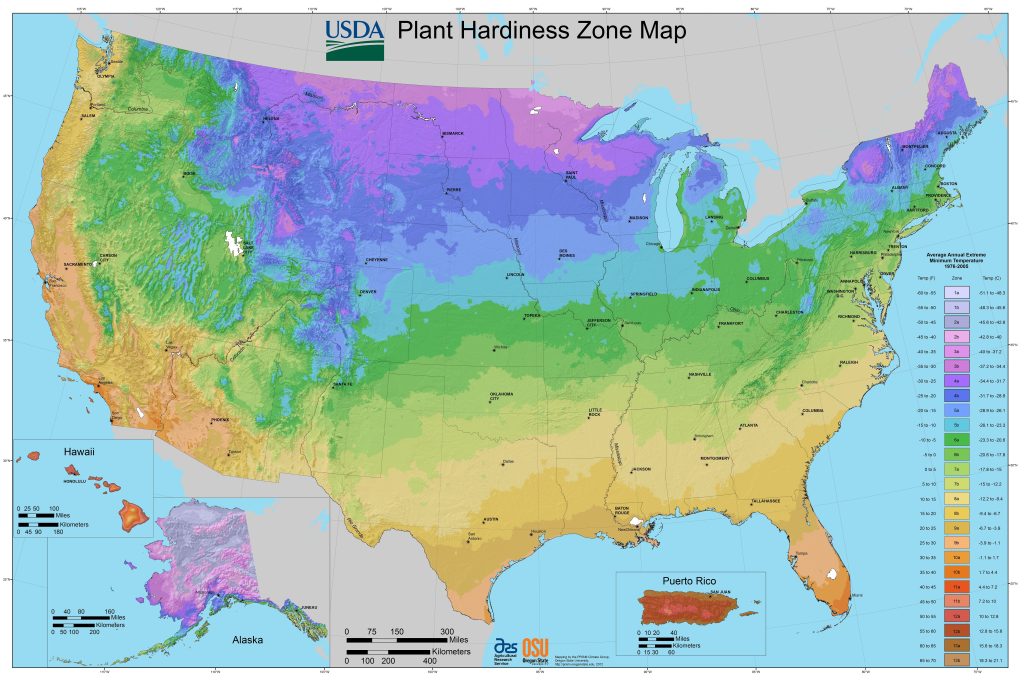
Learn about your “Hardiness Zone” and protect plants at risk of freezing – yes, even in San Diego County! Photo: USDA
For plants too big to move inside, try to move them to a warmer location near the ambient heat from your house. Try to shelter them from cold blasts of wind. But if you live where it snows or gets extremely cold for multiple days in a row, there might be nothing you can do to save them.
Frost can cost severe damage to citrus trees. Be sure to protect them. On the coldest days, you can try covering them with burlap or commercial fabric covers to protect them from freezing. Avoid using plastic, especially clear plastic. Bright winter sun can fry the plants you’re trying to protect.
Other plants susceptible to cold weather: bougainvillea, some cacti, cape honeysuckle, coral vine, fairy dusters, ficus, hibiscus, lantana, natal plum, myoporum, pygmy date palms, succulents, and any tropical plants such as avocado or banana trees. Most landscape plants are selected for your region’s weather zones and should be able to tolerate normal cold-season temperatures.
We enrich people’s lives with plants every day at Good Earth Plant Company and we hope our expert tips help your plants stay healthy all year long.
If you have questions about more ways to bring nature into your indoor spaces I’m just an email away – really! jim@goodearthplants.com at your service.
